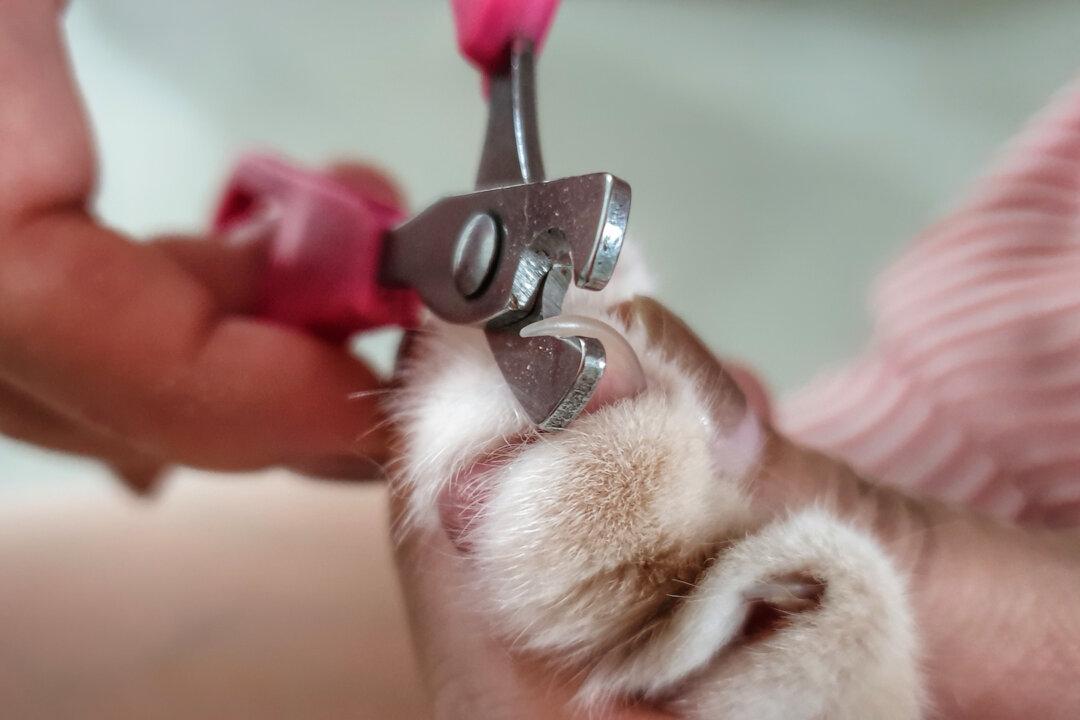When you think about the many species of mammals, you realize that large mammals live longer than small mammals. For example, elephants live much longer than mice.
However, within a given species, the smaller animals generally live longer than the larger ones. This has been documented in a number of species, but nowhere is it more pronounced than with dogs, probably because their range in size—from the massive mastiff to the tiny Chihuahua—is so extreme.
Research has found that large dogs live about 5 to 8 years, while small dogs average 10 to 14 years.
A study of more than 50,000 dogs of 74 different breeds, which examined their size, age at death, and cause of death, confirmed that this occurs because large dogs actually age faster than small dogs.
Large dog breeds also develop cancer and die of it more often than small breeds. Scientists note that the rapid cell growth and division needed for dogs to achieve their large size is also typical of cancer development and spread.
More research is being done to further explain why small dogs live longer than large dogs. In the meantime, enjoy every moment with each of your dogs, regardless of their expected longevity.
Contact a pet photographer, portrait artist, or sculptor to commission a piece of art that will make you smile every time you gaze at it.
Think about whether you want to hold a memorial service after Koshka dies and, if so, start planning it. If you’re active on social media, begin writing a tribute that you can post there.
When the time comes, plant a flowering shrub or tree at the burial site. If you have Koshka’s body cremated, you may want to place some of the cremains in a pendant, paperweight, or other memento you can wear or touch whenever you wish. Other people scatter cremains in the pet’s favorite places or keep them for burial with them when they themselves die.
If your heart still isn’t at peace, make an appointment with a therapist who can support you through your grief.





